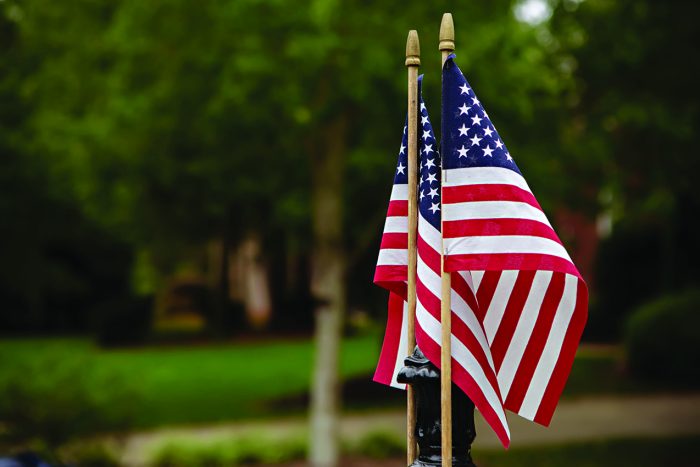By Kimberly Phyfe
The Three Village Historical Society & Museum (TVHS) recently received an Award of Excellence from the Greater Hudson Heritage Network (GHHN).
For 2025, Chicken Hill: A Community Lost to Time was recognized as Exhibit of the Year — the first time a completely digital museum exhibit has received this award.
The Landmark Preservation Society partnered with GHHN to present these awards on May 7 in Poughkeepsie. Representing TVHS were Research Fellow and Public Programs Coordinator, Kayleigh Smith and Community Engagement Manager, Kimberly Phyfe.

There, TVHS received the GHHN Award for Excellence for their new online exhibit, Chicken Hill — A Community Lost to Time. These awards recognize and commend exceptional efforts among museums throughout New York State. They are presented to projects that exemplify creativity and professional vision, contributing to the preservation and interpretation of the historic landscape, material culture, and the diversity of the region.
Smith and TVHS Visitor Services Associate Jack Maloney finalized the project in March of 2025 after months of cataloging, researching, and compiling information about the exhibit. By digitizing this exhibit, the TVHS brings more public awareness to the importance of local history by breathing new life into it via the online platform.
The Three Village Historical Society & Museum is grateful to be recognized for this innovative way they transformed a permanent exhibit of thirteen years into a multi-media interactive website, contributing to understanding not only our local history, but broader state and national narratives, and preserving our shared cultural heritage.
Chicken Hill’s story isn’t the first of its kind. It is reflective of many multiethnic communities born from industries of labor across the United States. This interactive, multi-media approach can open doors to meaningful conversations of the importance of marginalized communities in local history.
“The online exhibit features the section Conflict and Turmoil which was not part of the physical display,” said Mari Irizarry, Society Director. “After many years of continuous engagement with local community, and new perspectives being brought to light, the society made sure to include these stories never before seen. By adding this section, we hope to further collective understanding, to highlight additional perspectives excluded from the original curation, and demonstrate a nuanced interpretation of a community that no longer exists physically but whose story helps us connect to the people who built this community.”
Chicken Hill: A Community Lost to Time can be experienced online at any time by visiting tvhs.org.
Author Kimberly Phyfe is the Community Engagement Manager at the Three Village Historical Society & Museum headquartered at 93 North Country Road in Setauket.


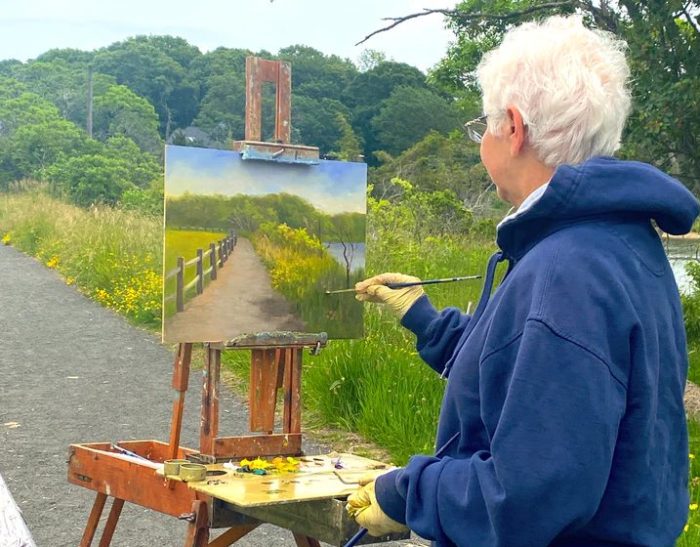

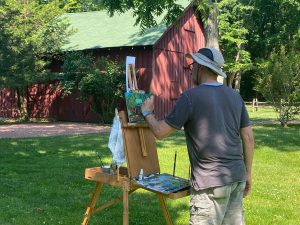
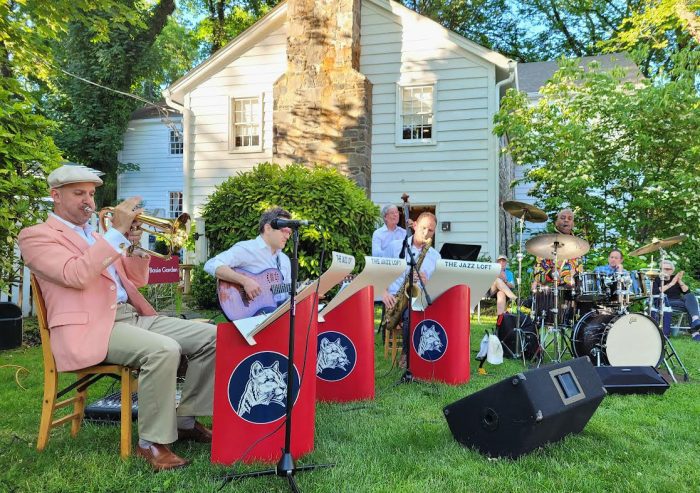
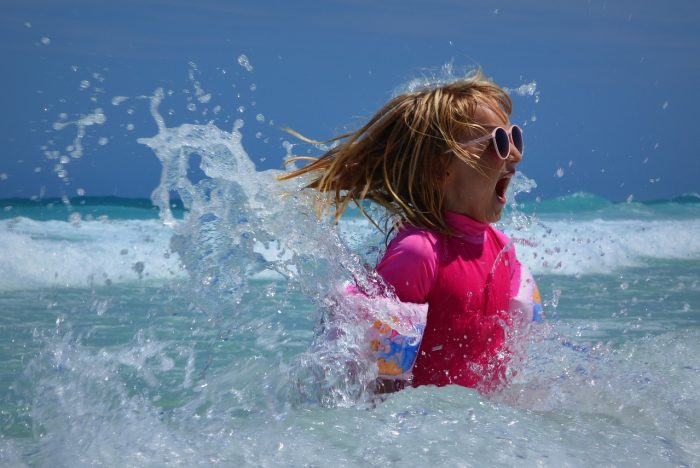
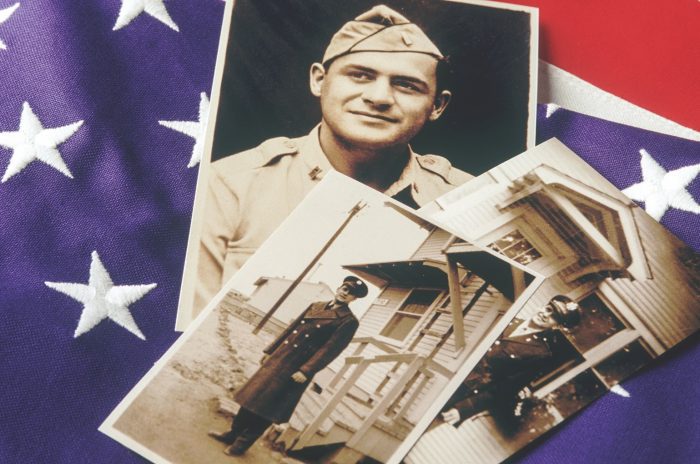
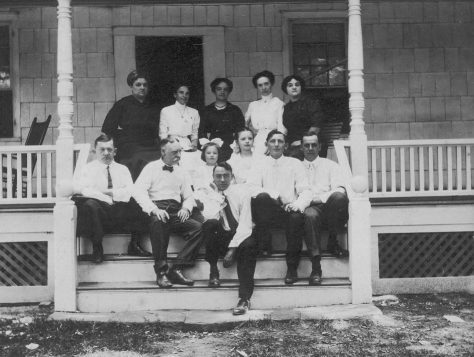
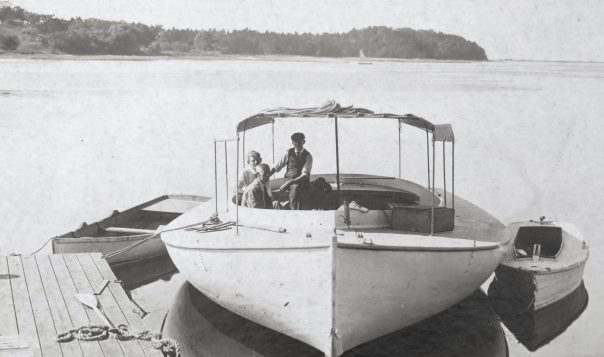
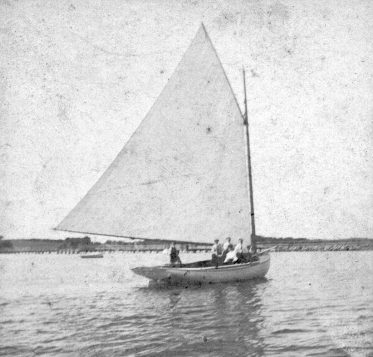
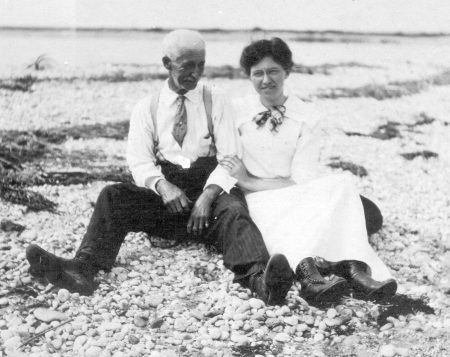
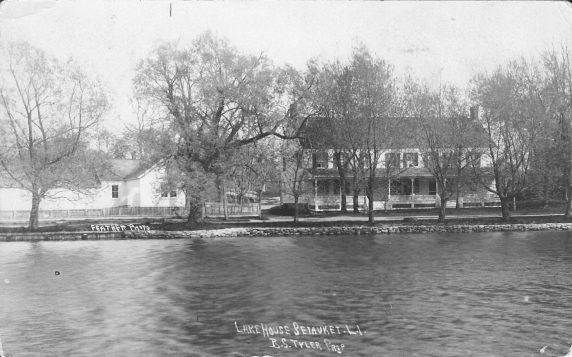
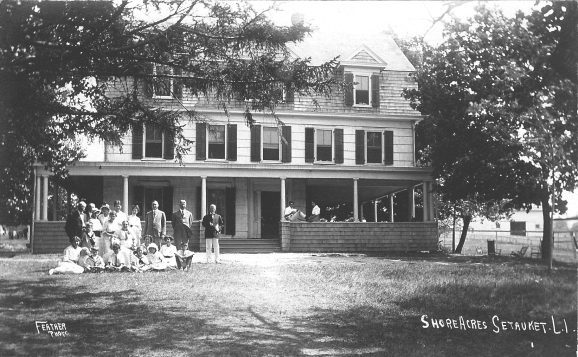
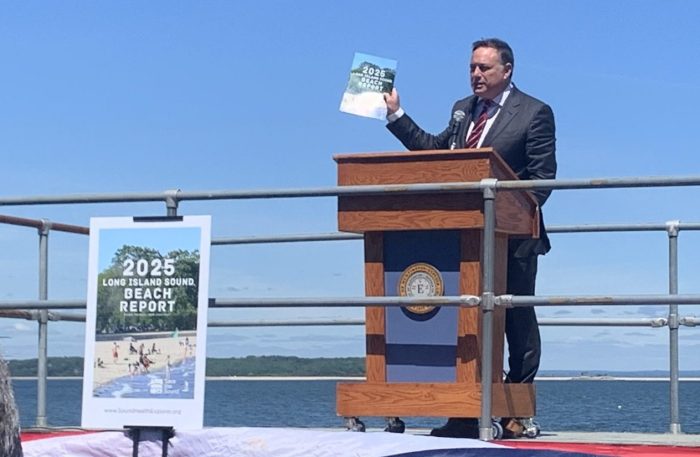

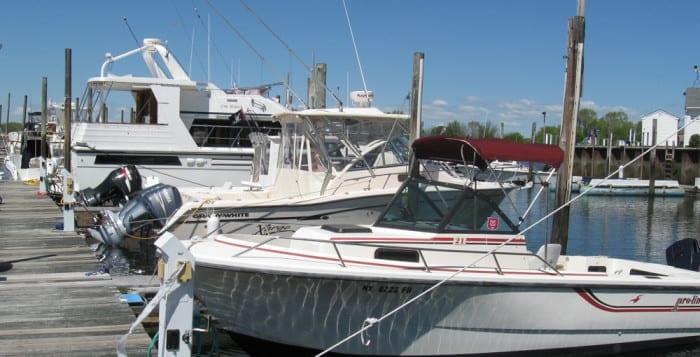
 Previously, only operators born after Jan. 1, 1978, needed the certificate. Now, all boaters, regardless of age and experience on the water, must obtain the safety certificate.
Previously, only operators born after Jan. 1, 1978, needed the certificate. Now, all boaters, regardless of age and experience on the water, must obtain the safety certificate.